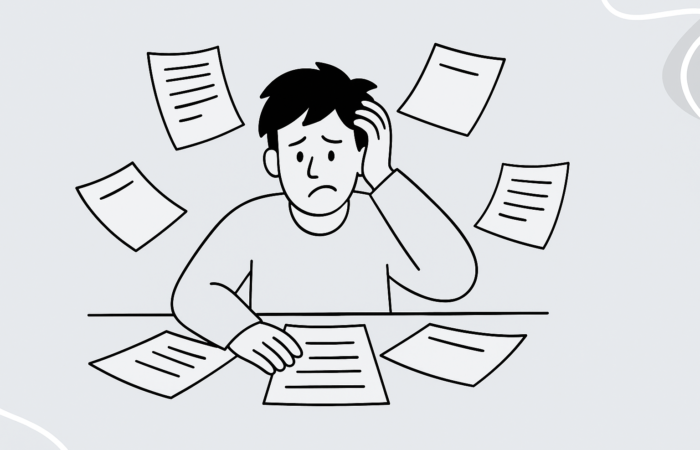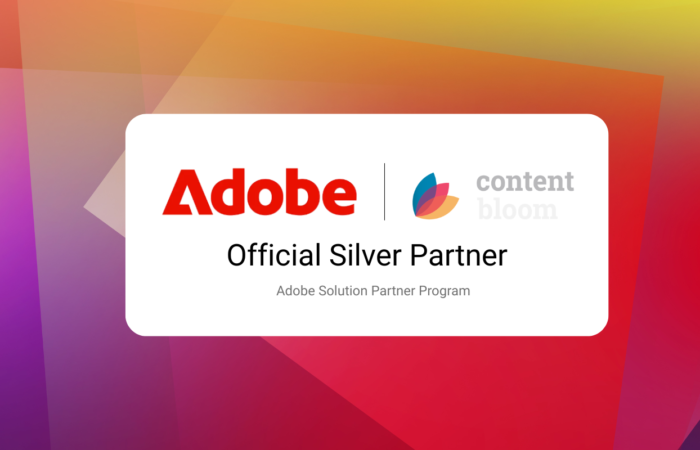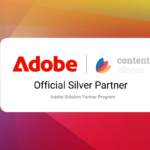A group of Content Bloomers recently attended and presented at the 2019 Tridion Developer Summit, a two-day conference in Amsterdam where we got to take a deep dive into the new Tridion Sites UI and talk with some of the folks behind its evolution.
As a user experience and user interface designer and self-proclaimed non-techie, the experience could not have been more enriching.
The Tridion Sites 9.5’s New User Interface: What’s Cooking? talk by Alvin Reyes was great. Reyes is an RWS product owner and is responsible for Graphene, the new user interface that will replace Carbon, the old design system. Tridion Sites’ interface had not been updated since 2011 and with Graphene, RWS promises a flexible, transparent, and user-centered interface.
Users
Who are the main Tridion Sites users once 9.5 is built? Content editors. It’s more than obvious that all the functionalities of this new version are focused on improving an end-to-end editorial journey.
“A new UI focused more in editors and business user rather than technical user and implementers,” said Reyes.
Anton Minko and Alvin Reyes presenting at TDS2019 in Amsterdam.
User Research / Testing
In this new update, the UI that’s been “cooking” for the past year and a half offers a host of UX research techniques. The standout technique? A collection of ideas from the RWS Community. This platform allows global users to share their ideas and collaborate on improving the CMS.
The RWS team also collected data through volunteer interviews with participants in the RWS Customer Research Program and a Slack channel created for this purpose. Jobs to be done and user-story mapping were the two approaches used to define functionalities.
Jobs to Be Done
This approach, is best explained in the article by Nielsen Norman Group. It focuses on defining the specific goals of users within the product as well as the activities necessary to achieve the goal successfully.
Diagram of the different use cases or “jobs” a content editor can perform in Experience Manager. Image taken from RWS Community.
User-Story Mapping
After having defined the jobs to be done, a team of UX designers and product owners map out the user stories, selecting the ones necessary for each activity. These stories are then divides into groups representative of MVPs and upcoming releases.
The jobs to be done are reflected in the User Tasks, which create a “backbone” of actions, grouped by activities. Images taken from RWS Community.
Interesting Takeaway
Alvin Reyes also talked about using Maze in the research process, a tool that turns mock-ups into clickable prototypes that collect real metrics from users interacting with the design.
In With the New
Now let’s see some of the graphic solutions that make up the new editorial
Now for some of the graphic solutions that make up the new editorial experience:
Improved branding color palette
This adjustment makes a big difference because it can improve brand recognition.
Less is more
This principle led the team to create minimalist and simple graphic solutions.
Responsiveness
Although it was made clear that they didn’t take the mobile-first approach (because desktop continues to be the most used device), they ensured the optimization and scaling of the design on all devices.
Improved copy and paste
Improved copy and paste rich text that will automatically clean rich content pasted to remove inline styles as well as a mode to paste only clean text with line breaks.
Improved accessibility checker
For the RWS team accessibility is one of the most important points, and they are committed to investing more into it, not just for editorial journey but for the CMS itself.
Thumbnail view
A thumbnail view and quick preview of images before selection.
Syntax highlighting
The new syntax highlighter draws attention to any potential syntax issues.
Property panel
A new and improved property panel, that allows users to see the details of a component in Experience Manager.
To see more screenshots go to RWS Dribble: https://dribbble.com/sdl
The new UI (expected to launch by mid-June 2020) will co-exist with the Classic UI while they evaluate the user adoption and reception. If the new version isn’t for you, you’ll have the option of returning to the old UI.
Sneak Peek of the Graphene Experience Manager
Check out this video to see the new Tridion Sites UI in action.
Did you attend #TDS2019? What were your favorite takeaways?





